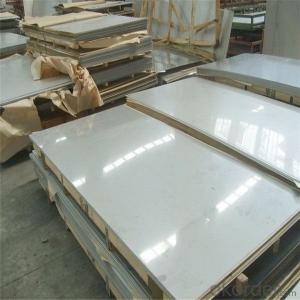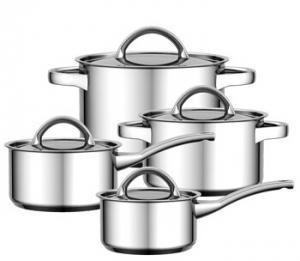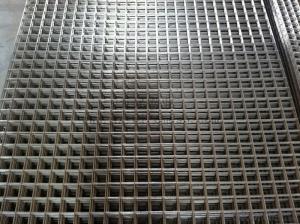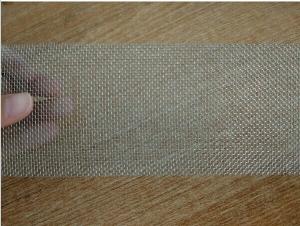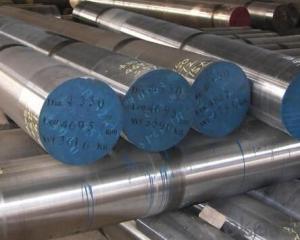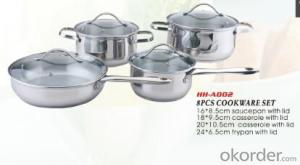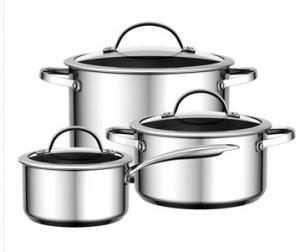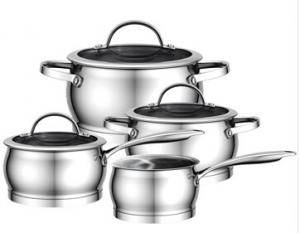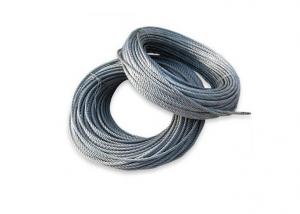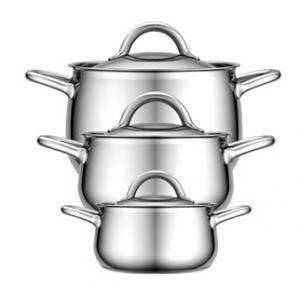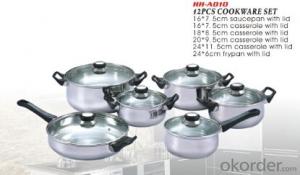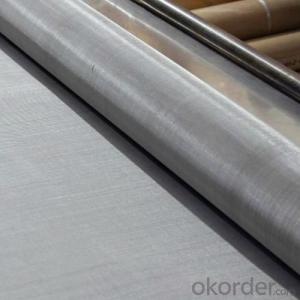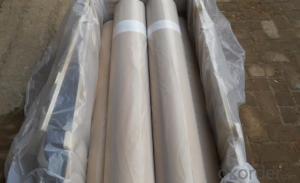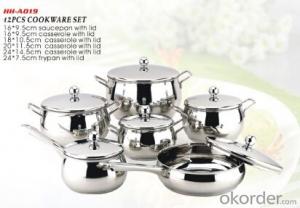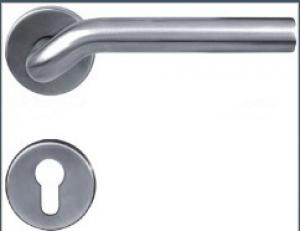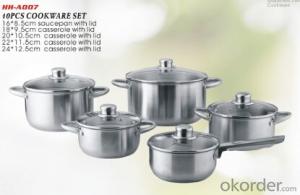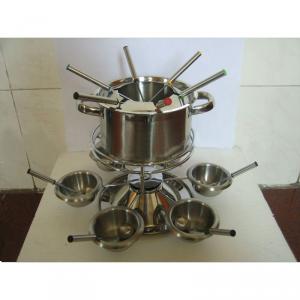Revere Ware Stainless Steel
Revere Ware Stainless Steel Related Searches
Revere Stainless Steel Farberware Stainless Steel Stainless Steel Kitchenware Bakeware Stainless Steel Weld Stainless Steel Stainless Steel Wall Vinegar Stainless Steel Rosary Stainless Steel Stainless Steel Farberware Wire Mesh Stainless Steel Stainless Steel Wall Shelves Stainless Steel Tupperware Shelves Stainless Steel Thermos Stainless Steel White Stainless Steel Material Stainless Steel Stainless Steel Stainless Shine Stainless Steel Stainless Steel Hardware Stainless Steel Shelves Stainless Steel Sieve Stainless Steel Jewelery Stainless Steel Rivet Stainless Steel Jewellery Stainless Steel Weld Stainless Steel Jewlery Walmart Stainless Steel Stainless Steel Washer Stainless Steel Vase Ge Refrigerator Stainless SteelRevere Ware Stainless Steel Supplier & Manufacturer from China
Revere Ware Stainless Steel is a renowned line of cookware products that include pots, pans, and other kitchen essentials made from high-quality stainless steel. These products are designed to provide durability, even heating, and resistance to corrosion, making them a popular choice among both professional chefs and home cooks. The versatility of Revere Ware Stainless Steel cookware makes it suitable for a wide range of applications and usage scenarios, from everyday cooking to special occasions. Whether you're sautéing vegetables, boiling pasta, or simmering a rich stew, these stainless steel pieces can handle the task with ease and efficiency.Okorder.com is a leading wholesale supplier of Revere Ware Stainless Steel products, offering a comprehensive inventory to meet the needs of various customers. By partnering with Okorder.com, you can access a wide array of Revere Ware Stainless Steel cookware at competitive prices, ensuring that you have access to the high-quality products your kitchen requires. This partnership not only guarantees the availability of the desired items but also provides the convenience of a one-stop shopping experience for all your stainless steel cookware needs.
Hot Products
